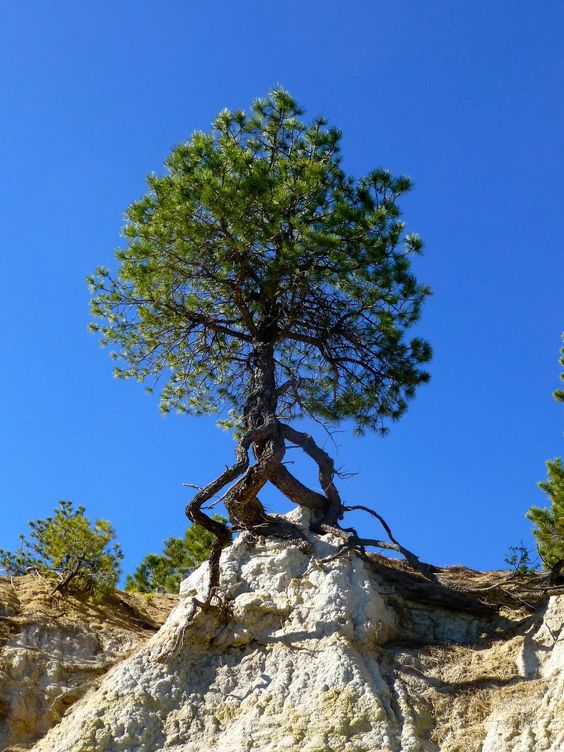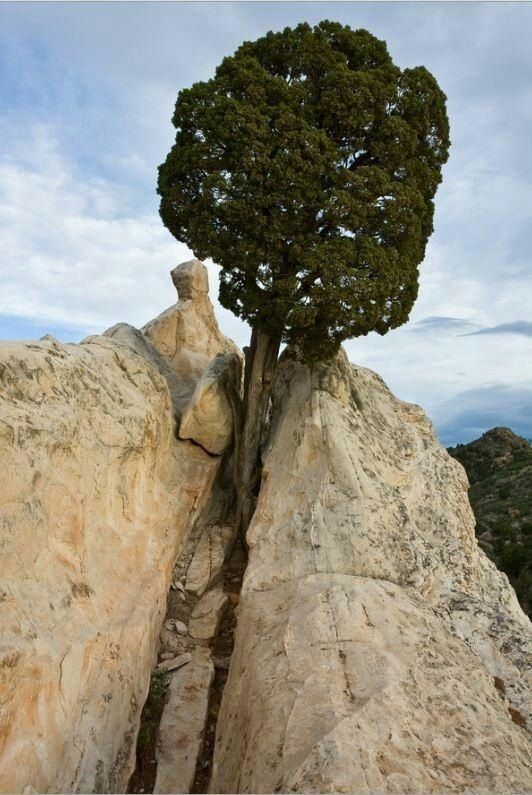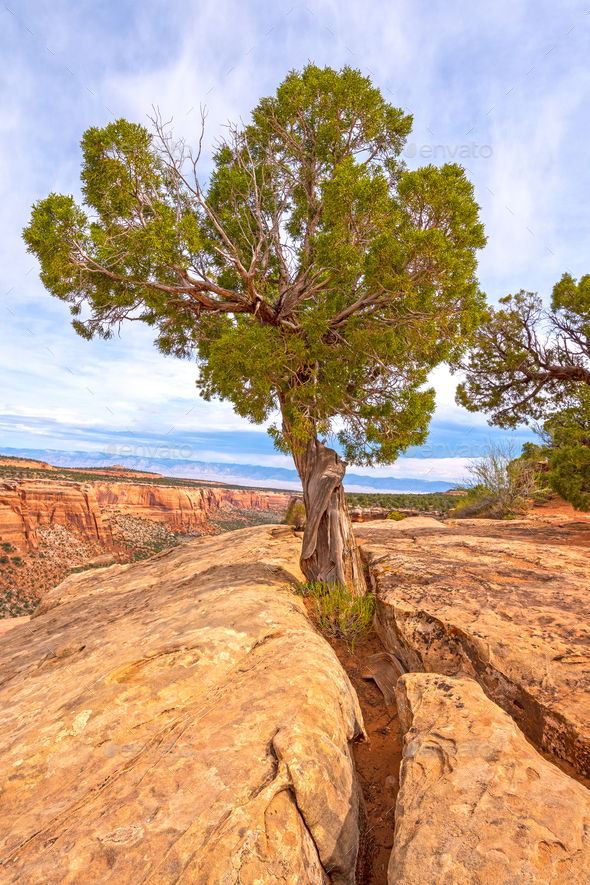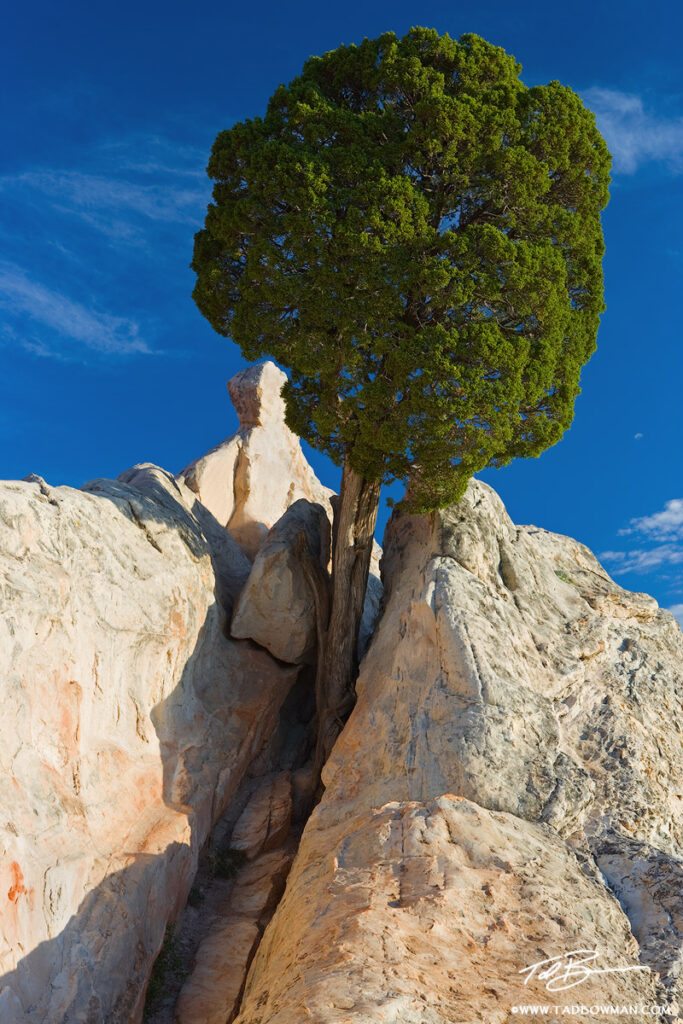In the midst of a barren landscape of rocky terrain, one might not expect to find a symbol of resilience and beauty. But in the case of the Juniperus macrocarpa, also known as the Rocky Mountain juniper, that is exactly what you will find. This tree species is a testament to the resilience of nature, as it has thrived for centuries in some of the harshest conditions known to man. In this article, we will explore the majesty of the Rocky Mountain juniper and the lessons it can teach us about the power of nature’s resilience.

The Rocky Mountain juniper is a native tree species of the western United States, with a range that spans from the Rocky Mountains to the Sierra Nevada Mountains. It can grow up to 50 feet tall and has a distinctive appearance, with blue-green needles and small, berry-like cones. But what truly sets this tree apart is its ability to thrive in the most unforgiving of environments.

In the wild, the Rocky Mountain juniper can be found growing on rocky outcroppings, cliffs, and other areas where the soil is thin and water is scarce. It is able to survive in these harsh conditions due to a combination of factors, including its deep root system, which allows it to tap into underground water sources, and its ability to tolerate extreme temperatures and winds.

But the resilience of the Rocky Mountain juniper extends beyond its physical adaptations. This tree species has also played a significant role in the cultural and spiritual traditions of many Native American tribes throughout the western United States. The juniper’s wood was used for ceremonial objects, and its berries were a source of food and medicine.

Despite its importance to indigenous communities, the Rocky Mountain juniper has faced threats in recent years. Human activities, including logging and development, have led to a decline in the tree’s population. Climate change has also had an impact, with warming temperatures and changing precipitation patterns altering the juniper’s habitat and making it more vulnerable to disease and pests.

But even in the face of these challenges, the Rocky Mountain juniper continues to inspire awe and admiration for its resilience and beauty. The tree’s ability to thrive in seemingly impossible conditions is a reminder of the power of nature and the importance of protecting and preserving our natural world.

There are also important lessons that we can learn from the Rocky Mountain juniper. In a world that is becoming increasingly urbanized and disconnected from nature, the tree serves as a reminder of the importance of resilience and adaptability. We must learn to adapt to changing circumstances and find ways to thrive in even the harshest of environments, just as the Rocky Mountain juniper has done.

The juniper’s resilience also reminds us of the importance of diversity in nature. By preserving and protecting a wide range of species, we can ensure that our natural world remains resilient in the face of challenges and able to adapt to changing conditions.

Finally, the Rocky Mountain juniper serves as a reminder of the interconnectedness of all living things. This tree species plays a crucial role in the ecology of its habitat, providing food and shelter for a variety of other plant and animal species. By protecting the juniper, we are also protecting the many other species that depend on it for their survival.

In conclusion, the Rocky Mountain juniper is a testament to the resilience of nature and the power of adaptation. This tree species has survived for centuries in some of the harshest conditions known to man, and it continues to inspire awe and admiration for its beauty and strength. As we face increasingly challenging environmental conditions, the lessons of the Rocky Mountain juniper are more important than ever. We must learn to adapt, preserve diversity, and recognize the interconnectedness of all living things if we are to ensure a sustainable future for our planet.

